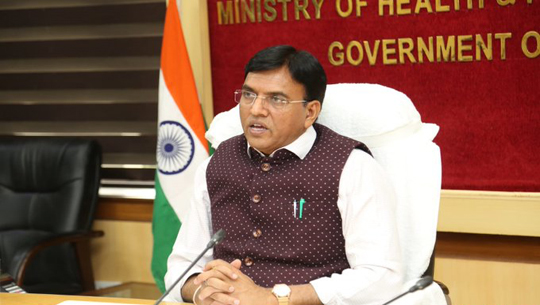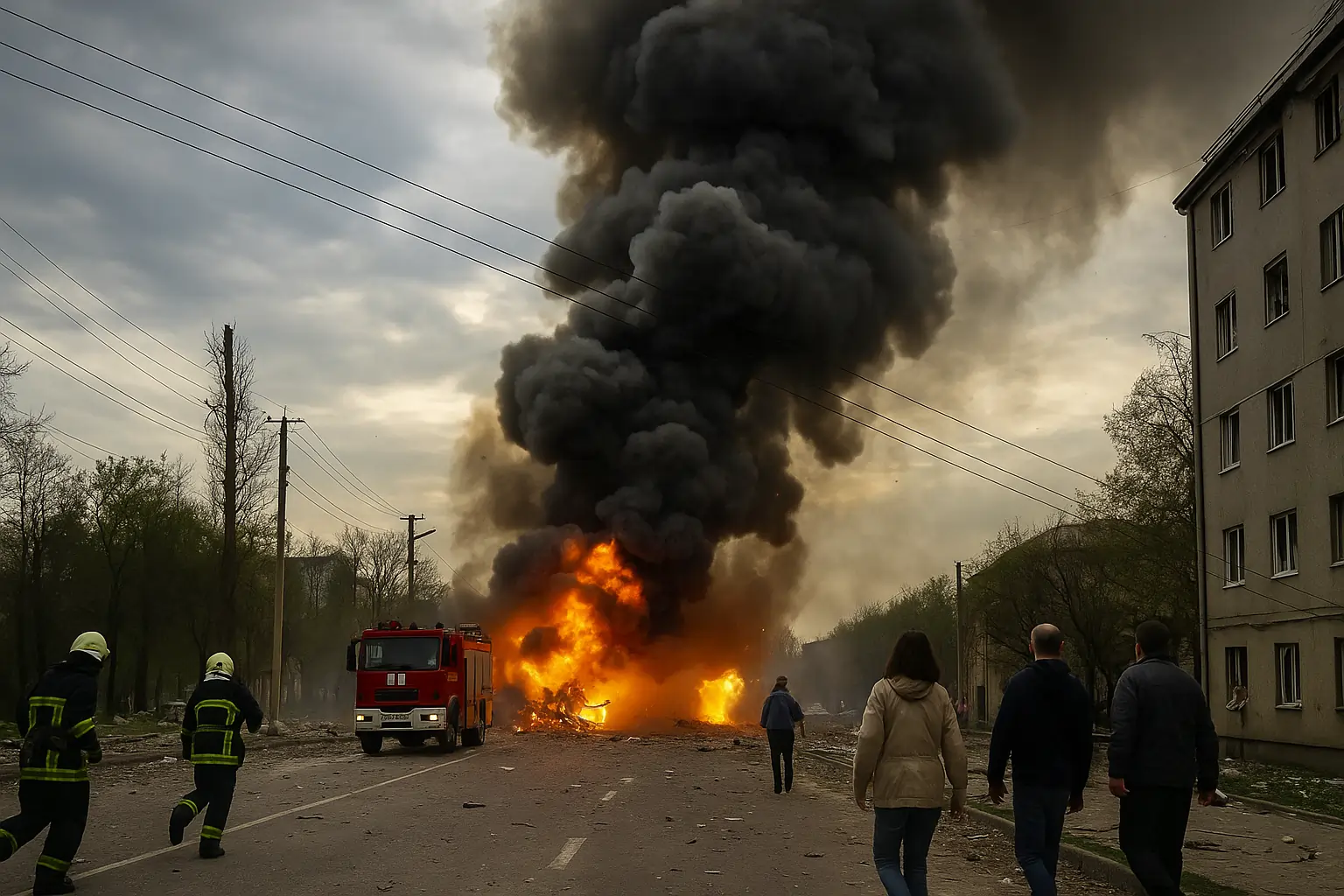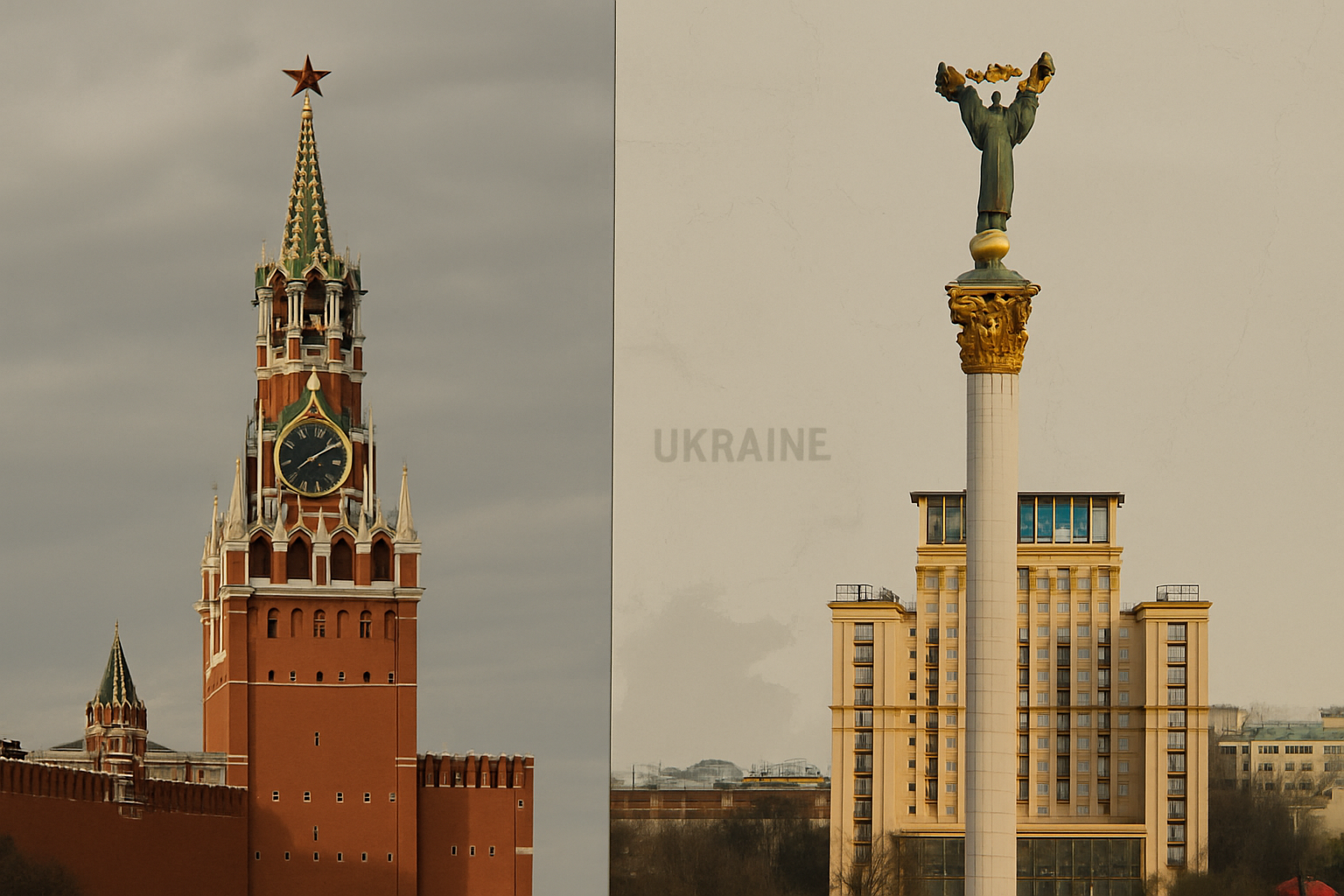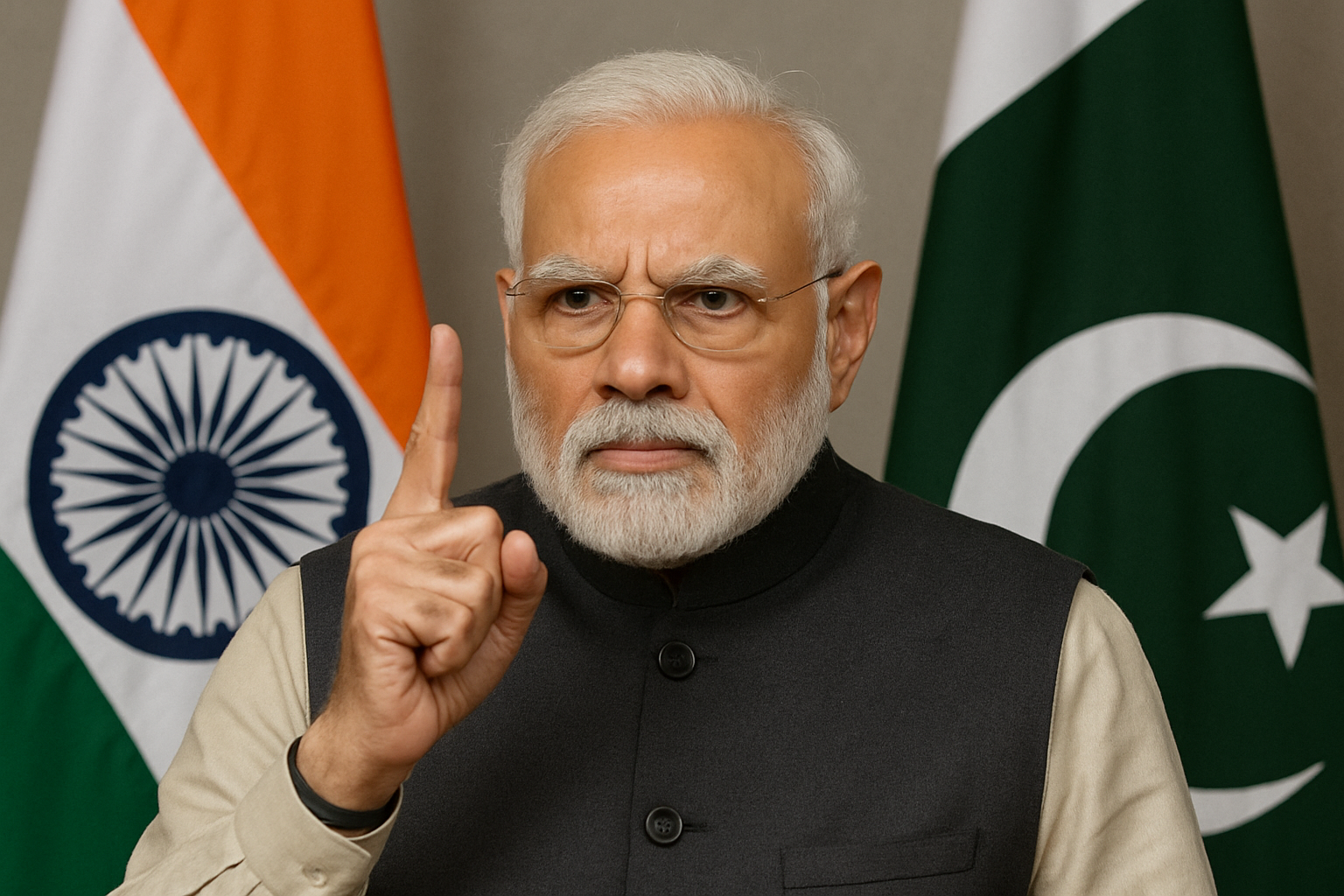In a decision that has left many raising an eyebrow and generating national interest, the Ministry of Home Affairs (MHA) has declared a nationwide mock drill on a grand scale on May 7, 2025. The drill, which will be conducted with all states and union territories, is a part of a strategic exercise to measure India’s readiness against possible wartime or emergency situations — particularly with increasing tensions along the border with Pakistan.
Although the government has not formally associated the drill with any immediate threat or conflict, the timing and magnitude of the exercise have caused speculation regarding its applicability to the prevailing geopolitical situation, particularly in the face of increased military alertness on the India-Pakistan border.
Objective of the Drill
The simulation exercise, titled “Operation Suraksha Kavach”, is designed to put the nation’s crisis response mechanisms, civil-defense coordination, and public readiness for crisis situations to test during a national security emergency. As per MHA officials, the exercise will mimic various crisis scenarios such as air raids, cross-border attacks, sabotage of infrastructure, and mass evacuations.
The National Disaster Management Authority (NDMA), the Indian Army, state disaster response forces, police forces, and healthcare facilities will join the exercise. Schools, transport facilities, and large public areas will also be involved to achieve a real-world simulation of emergency procedures.
Features of the Mock Drill
Date: Tuesday, May 7, 2025
Duration: 9 AM to 1 PM (might vary by region)
Coverage: All 28 states and 8 union territories
Participants: Defense personnel, police, paramilitary forces, fire brigades, hospitals, and local population
Simulated Scenarios: Aerial attacks, chemical bombings, evacuation directives, blackout due to cyberattacks, and failure of communication
Pakistan’s bordering Indian states like Punjab, Rajasthan, and Jammu & Kashmir will see more rigorous drills, which will involve real-time coordination with regional Army and Air Force units.
MHA’s Statement
One of the top MHA officials, while talking off the record, explained, “This is a planned exercise to gauge the robustness of our national emergency response mechanisms. Routine mock drills are carried out regularly, but now we are widening its scope because of the changing security landscape of the subcontinent.”
The ministry asserted that the drill is not done in reaction to an imminent threat but as a pre-emptive step towards enhancing crisis management at all government levels.
Public Advisory Issued
Prior to the mock drill, the MHA has put out an advisory calling on citizens to stay calm and not panic when faced with mock sirens, emergency messages, or security deployment. Social media sites have been requested to assist in passing on correct information and dispelling rumors.
Emergency warning messages can be sent to mobile phones within affected zones as part of the exercise. Public transport services can have temporary interruptions in some zones, and mock evacuations can be conducted at schools, government offices, and metro stations.
Strategic Context: Tensions with Pakistan
While formally unconnected to any particular military action, the scheduling of the exercise follows heightened tension between India and Pakistan. Intermittent ceasefire violations along the Line of Control (LoC), upped attempts at militant infiltration in Kashmir, and rising anti-India rhetoric on the other side of the border have all added up to a precarious mood.
Drills such as these are crucial to maintain strategic readiness and psychological readiness among citizens, defense analysts say. “Preparedness is not provocation,” says Lt. Gen. (Retd.) Harpal Singh. “It sends a message that India is capable, alert, and responsive to any hostile move.”
Conclusion
Although the forthcoming nationwide drill is mainly an exercise in preparedness, it has symbolic significance in today’s geopolitical context. The Ministry of Home Affairs has again stated that there is no reason to panic but urges citizens to cooperate and take the drill seriously as it deserves.
As May 7 nears, everyone will be watching how well India can mimic — and handle — a national security emergency. In a time of hybrid warfare and changing threats, such pre-emptive drills might be the nation’s greatest safeguard.






